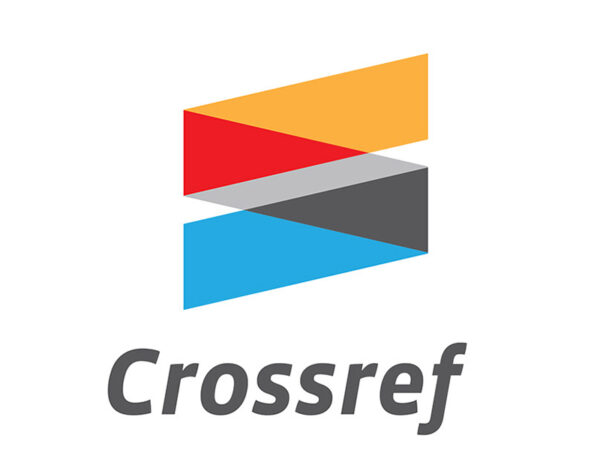Exploring Discourse Markers in Analyzing Gender Discrimination in Pakistani Drama Serials: A Corpus-Based Study
Abstract
This research examines gender-related language patterns and discourse markers in Pakistani drama serials, focusing on the lexical choices made by male and female authors. Drawing on Lakoff's model, we conduct qualitative content analysis on the selected episodes to uncover gender dynamics and power imbalances. Results show that men use words like "absolutely", "decide", "go", "listen", and "stop" along with self-referential pronouns "I" and "he" more frequently. Women employ words like "doubt", "maybe", "very", "excuse me", "wonder", "we", and "might", as well as pronouns "she", and "we" more often. These findings reveal gender stereotypes in Pakistani drama serials, underscoring the need for more diverse and inclusive narratives challenging traditional roles. This research impacts the broader media landscape, emphasizing media's role in shaping societal perceptions and the importance of promoting gender equality in representations. Moreover, by analyzing the corpus of Pakistani drama serials authored by both genders, our methodology employs qualitative content analysis, contributing to a more equitable and inclusive media environment by dissecting gender-related language patterns and discourse markers in these serials.
Copyright (c) 2024 Sindh Journal of Linguistics

This work is licensed under a Creative Commons Attribution 4.0 International License.









